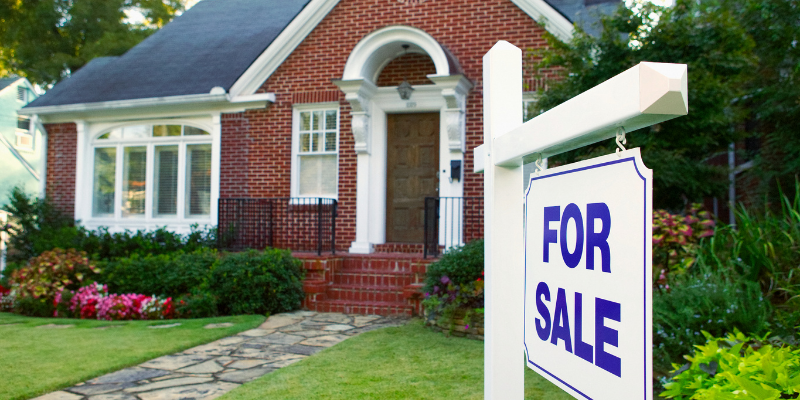When it comes to selling your home, expect a few challenges here and there. One, there’s the emotional attachment pulling you back from letting go. Second, there’s the matter of setting the right asking price. Homeowner, fret not, even the most adept professionals struggle sometimes.
If you set your home price too high, you might end up on the market for too long. Potential buyers could pass off on your home with doubts and more questions.
On the other hand, if you set the price too low, you could lose out on the real value of your home.
Whether you’ve decided to do FSBO or work with a listing agent, knowing these factors will help you gain understanding and set the right asking price.
Neighbourhood Comps
On top of any list for determining the “asking price,” agents and appraisers often rely on neighbourhood comparables or comps.
If you think it’s about comparing your house to another house within your neighbourhood, you are, in fact, correct! Comps are properties in your area, that are slightly bigger or smaller than your home. You look at factors such as square footage, home condition and age. If there are any properties sold within the last three months, you’ve got yourself the best comps.
Location
You might be thinking your home has the best location yet. It’s close to your workplace, near a pet store, or just around the corner from your parent’s house. A location’s selling factor sadly doesn’t work that way. What might be convenient for you, isn’t the case for potential buyers.
Appraisers consider the value of a property’s location based on 3 key indicators.
- The quality and proximity of local schools.
- Available employment opportunities
- Proximity to essential facilities and amenities, especially groceries and recreational centres.
There are also less desirable features that could play a role in your home price. If you are near utilities like a railway or bustling highway, expect to set a lower asking price.
Home Size and Usable Spaces
When determining the asking price, identifying the square footage isn’t enough. It’s also about a home’s usable space. Think of your livable spaces such as bedrooms, bathrooms, kitchen, living room, etc. Most appraisers often do not include in the computation: garages, attics or unfinished basements.
When checking on your neighbourhood comps, look at how the houses have sold recently in terms of square footage. Take the final sale price and divide it by the square footage. This way, you will find the average price per square foot in your area. This can serve as your guide when pricing your home.
Age and Condition
Some people enjoy the quirkiness of a vintage home. However, in real estate, homes that are newer often appraise at a higher value.
This is because critical parts of the house (like the plumbing and electrical) are updated and less likely to give headaches to new homeowners.
A house that’s ready to be moved into, can have a higher price tag. That’s because buyers don’t have to do much for upkeep. So keep your house ready to go.
The Local Market
Even if you’ve covered all the factors above, it all boils down to the local market. How many other properties like yours are up for sale? How many buyers in the market are there?
You’ve got a seller’s market if a lot of buyers are competing for fewer homes. It’s a buyer’s market if there are too many homes but not enough buyers.
Stay on top of the trends and identify when it’s a seller’s market to best position your asking price.
There are many ways a first-time home seller can make a misstep. You can avoid this by having the right real estate law team by your side. Ensure that your real estate journey is running smoothly by hiring the right real estate lawyers.

